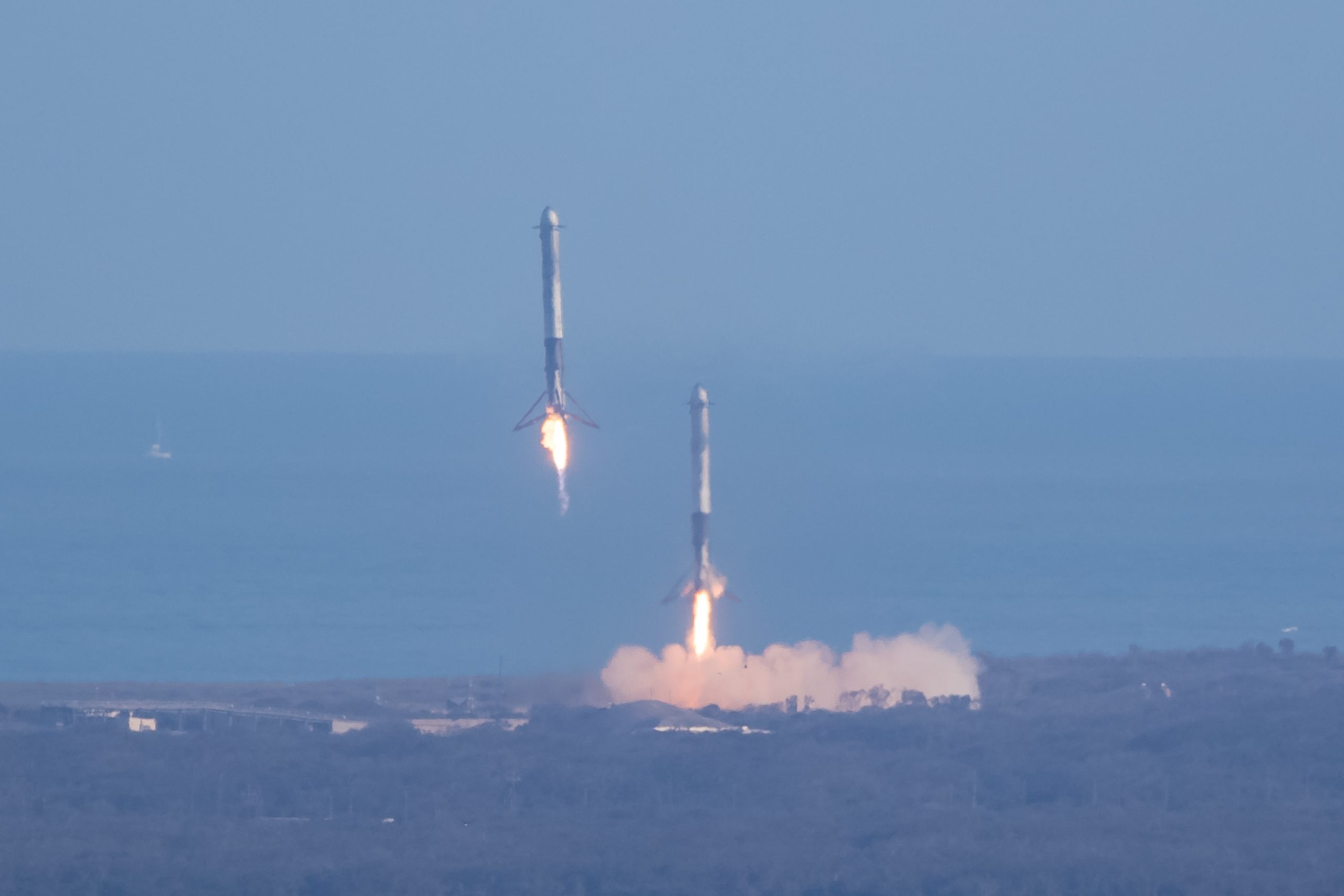The reopening of the federal government means that launch companies can once again file for launch licenses with various agencies, and it seems that SpaceX took full advantage of this fact on Monday. The company sought three permits from the Federal Communications Commission (which can be searched here).
One of the permits concerns the next International Space Station cargo supply mission for the Dragon spacecraft, CRS-17, which had been scheduled for March. This permit for "Dragon capsule telemetry, tracking, and command" indicates that the mission will now fly no earlier than April 12.
Of potentially more interest are applications for two permits related to the launch of the next Falcon Heavy mission, Arabsat 6A, and the landing of two side boosters and the central core. These applications indicate that the launch of the Arabsat 6A mission will occur no earlier than March 7 from Kennedy Space Center's Launch Complex 39A. This is consistent with existing estimates for the current launch date.
The landing permit also confirms that SpaceX will seek to land the two side boosters at its landing zone along the Florida coast—setting up for a repeat of the dramatic side-by-side landings during the inaugural Falcon Heavy test flight last February. The company will also attempt to land the center core on an ocean-based drone ship in the Atlantic Ocean about 1,000km offshore. During the first test flight of the Falcon Heavy rocket, SpaceX narrowly missed landing the center core.


